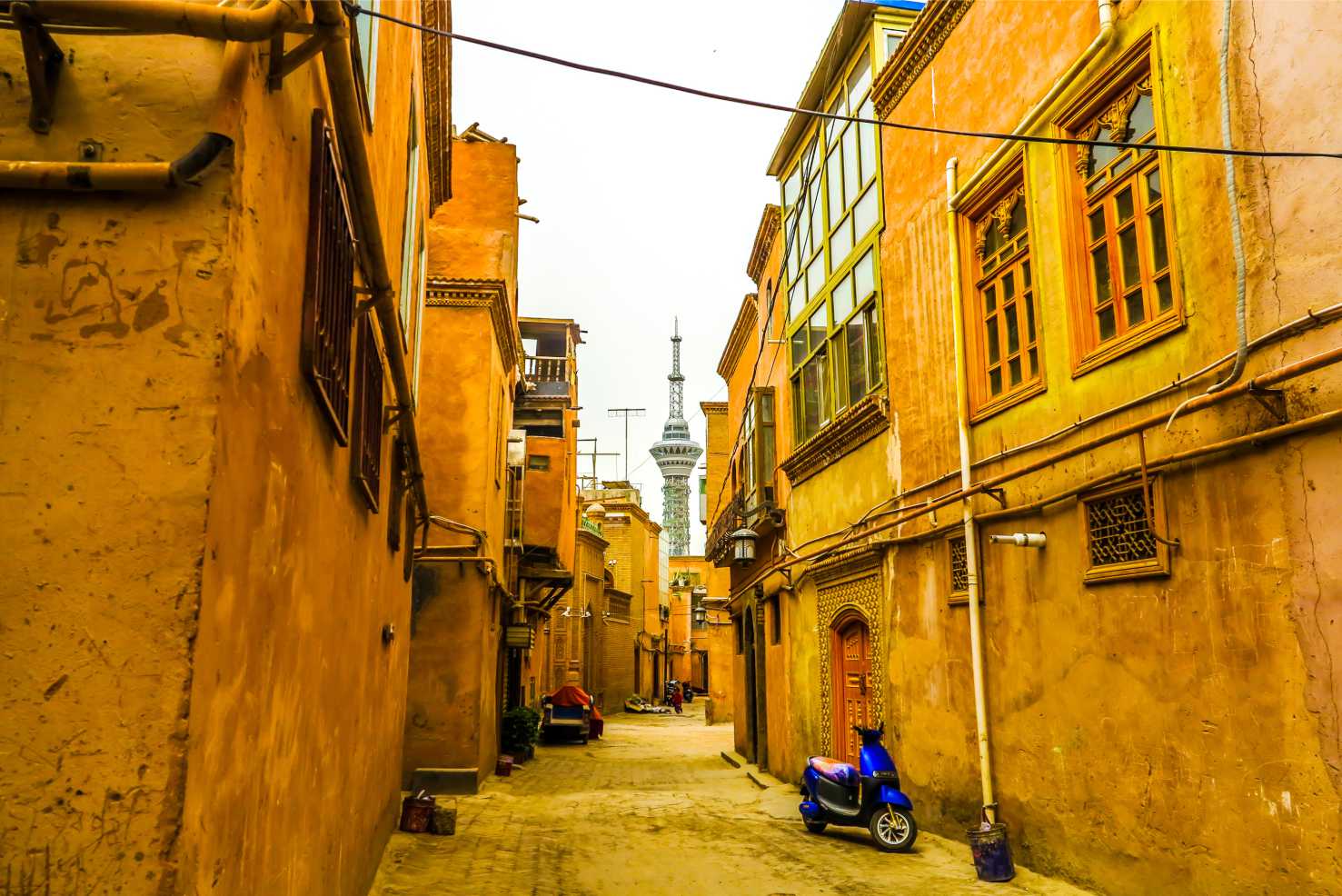Blog Details
Culture
Origins and History of Tigrinya Language and Literature
-
29/08/2024 15:12:56
The Tigrinya language is spoken by over 6 million speakers around the world, with the majority of speakers in Eritrea and in the Tigray Region of Northern Ethiopia.
The Tigrinya language is spoken by over 6 million speakers around the world, with the majority of speakers in Eritrea and in the Tigray Region of Northern Ethiopia. There are also large Tigrinya speaking communities in the US, Canada, UK, Germany, Sweden, Sudan, and Saudi Arabia. Tigrinya is part of the Ethiopic branch of the Semitic languages, a group that also includes Arabic, Maltese, and Hebrew among others.
Tigrinya originates from the ancient language of Ge’ez which is believed to be the common ancestor of modern Ethiopian Semitic languages. Tigrinya uses a 32 letter alphabet adopted from Ge’ez.
Tigrinya Literature
The first known written work in Tigrinya is a text of local laws that is thought to have been written in the 13th century. The first literary work in the language was published in Italy in 1895. It was written by the scholar Feseha Giyorgis and describes his journey to Italy. It is interesting that Giyorgis was fully aware of his role as the ‘father of Tigrinya literature’. While not much is known about Giyorgis apart from the place of his birth in the town of Yeha and of his death in 1931 in Eritrea, he wrote at least five works of literature in the Tigrinya language, with his History of Ethiopia published in 1897 in Naples.
One of the first novels to be published in Tigrinya was written in 1927 and published in Asmara, the capital of Eritrea, in 1950. A Story of a Conscript, by Ghebreyesus Hailu, was translated and published in English in 2013 as The Conscript, receiving international recognition. Contemporary writers who write in Tigrinya include Beyene Haile (1941 – 2012), Alemseged Tesfai, Reesom Haile, Saba Kidane, Ribka Sibhatu, and Abraham Tesfalul Zere.
There are over 12 thousand Tigrinya speakers currently living in the UK, with large communities in London and Manchester as well as other UK cities.
By Maia Nikitina





